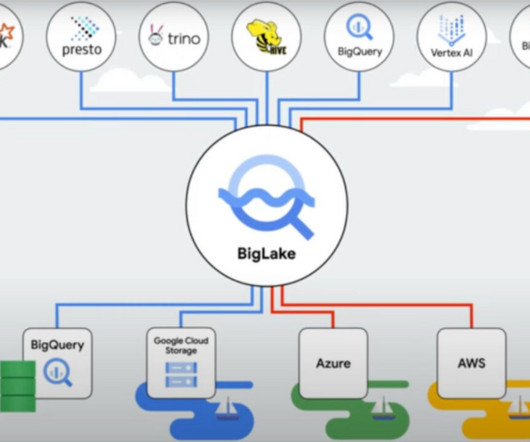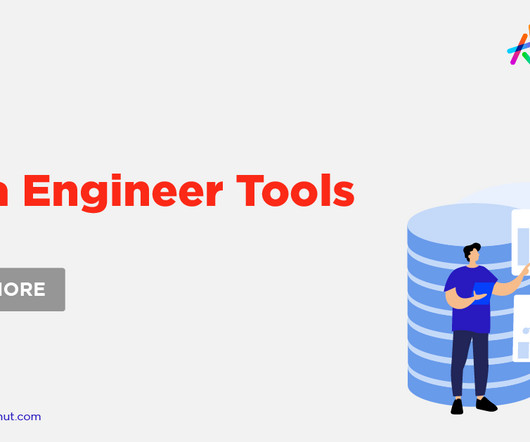Setting up Data Lake on GCP using Cloud Storage and BigQuery
Analytics Vidhya
FEBRUARY 25, 2023
The need for a data lake arises from the growing volume, variety, and velocity of data companies need to manage and analyze.

Analytics Vidhya
FEBRUARY 25, 2023
The need for a data lake arises from the growing volume, variety, and velocity of data companies need to manage and analyze.

Monte Carlo
APRIL 24, 2023
By accommodating various data types, reducing preprocessing overhead, and offering scalability, data lakes have become an essential component of modern data platforms , particularly those serving streaming or machine learning use cases. See our post: Data Lakes vs. Data Warehouses.
This site is protected by reCAPTCHA and the Google Privacy Policy and Terms of Service apply.

Ascend.io
AUGUST 31, 2023
In the dynamic world of data, many professionals are still fixated on traditional patterns of data warehousing and ETL, even while their organizations are migrating to the cloud and adopting cloud-native data services. Source : A stream of sensor data represented as a directed acyclic graph.

Knowledge Hut
APRIL 25, 2023
Data engineers add meaning to the data for companies, be it by designing infrastructure or developing algorithms. The practice requires them to use a mix of various programming languages, data warehouses, and tools. While they go about it - enter big data data engineer tools. What are Data Engineering Tools?

RandomTrees
SEPTEMBER 6, 2020
Snowflake Overview A data warehouse is a critical part of any business organization. Lot of cloud-based data warehouses are available in the market today, out of which let us focus on Snowflake. Snowflake is an analytical data warehouse that is provided as Software-as-a-Service (SaaS).

ProjectPro
DECEMBER 7, 2021
In broader terms, two types of data -- structured and unstructured data -- flow through a data pipeline. The structured data comprises data that can be saved and retrieved in a fixed format, like email addresses, locations, or phone numbers. What is a Big Data Pipeline?

ProjectPro
FEBRUARY 16, 2023
Businesses will be better able to make smart decisions and achieve a competitive advantage if they can successfully integrate data from various sources using SQL. If your database is cloud-based, using SQL to clean data is far more effective than scripting languages. But how does SQL play a vital role here?
Let's personalize your content